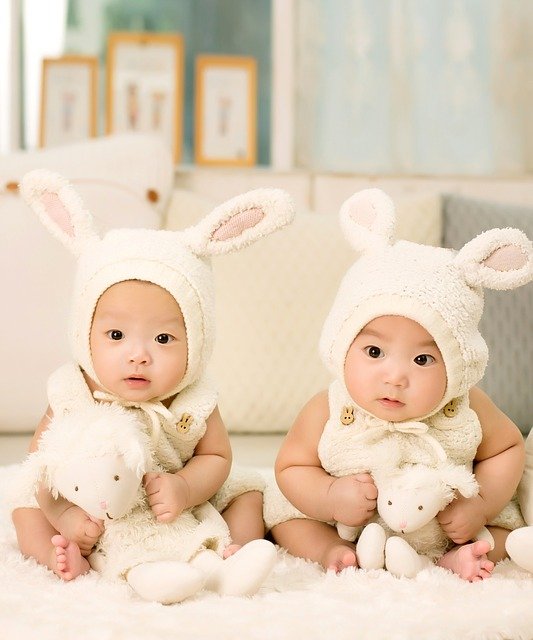Identical twins: not so identical?
You would be forgiven for thinking the clue is in the name when you think about identical twins. Identical or “Monozygotic” twins are a result of a fertilisation of a single egg by a single sperm. Early on in the embryonic growth this fertilised egg splits into two; the twins.
The National Human Genome Research Institute says identical twins share all of their genes, but new research published in Nature by a team of Icelandic researchers at DeCode Genetics has questioned the idea that the two individuals have identical genomes – their complete set of DNA.
It was found that this hereditary mutation did not necessarily pass to both offspring
Over a four year study, researchers found that there was an average of 5.2 mutations at the early stage of embryonic development. When a cell divides, the genome is replicated. This replication is not perfect, sometimes there are changes to this genetic coding. This alteration to a sequence of DNA is called a mutation. Some mutations have no effect, some can affect physical attributes like hair colour whereas others can lead to serious illnesses such as cancer and epilepsy.
Kari Stefansson, CEO of DeCode Genetics, and his team of researchers, sequenced the genome of 387 pairs of Monozygotic twins and triplets, as well as their parents, spouses, and children. They tracked the genetic mutations through the generations using a technology called “next-generation sequencing.” Before this technology became more widely available in 2005, it took over 10 years to sequence a genome which now can be sequenced in a day. By examining twins’ families, researchers could find out when these genetic differences occurred between the twins. In particular, researchers were looking for hereditary mutations (mutations occurring in either of the parent’s sperm or egg) or somatic mutations (mutations occurring after the egg was fertilised).
One would imagine that hereditary mutations would appear in both twins as this mutation would appear in the very first cell shared by both twins – the fertilised egg. However, contrary to intuition, it was found that this hereditary mutation did not necessarily pass to both offspring. Stefansson confirmed that “they can go into both, or one, or neither”. In 15% of twins studied, one twin would have many more mutations than the other, however, some twins had very few differences in their genomes. These genetic differences can be so significant that it is possible for one twin to develop illnesses, such as neonatal cancer, while the other remains healthy.
It may be necessary now to sequence the genome of both individuals before suggesting that differences can be attributed to environmental factors
Although some genetic differences between monozygotic twins had been noticed in a 2008 study published in The American Journal of Human Genetics, identical twins still play a significant role in ‘Nature vs. Nurture’ debates. Due to the minimal differences between the genetic make up of identical twins, they have been used significantly to research how environmental factors can cause conditions. Stefansson explains: “Imagine you have identical twins who are reared apart. If one of them develops autism, the classic interpretation is that it is down to environmental factors.” This can no longer be assumed, it may be necessary now to sequence the genome of both individuals before suggesting that differences can be attributed to environmental factors. This might cast doubt on previous studies which have assumed the “identical” nature of the twins. Nancy Segal, professor of psychology at California State University, does accept that “some twin models underestimate genetic effects”. This is not to say that environmental factors are not significant. However, Segal confirmed that some twin models do “require revision”.
It sounds contradictory, but this new research shows that identical monozygotic twins are rarer than you might expect. Like Segal says: “Twins are very alike but it is not a perfect similarity.”

Comments